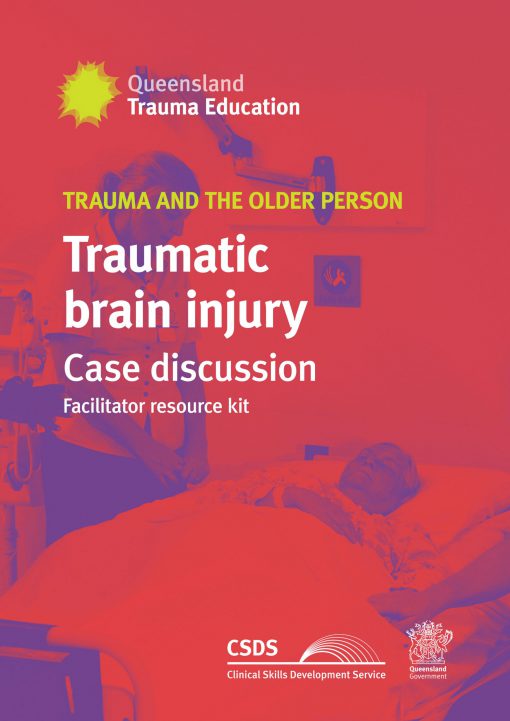Overview
Traumatic brain injury in the elderly has a higher rate of associated morbidity and mortality when compared to younger patients following trauma. (Papa et al, 2012), (Nishijima et al, 2012) Additionally, the pre-morbid function, co-morbidities and physiology of the older brain challenge the clinical team to care for this cohort.
In the older patient, the atrophic brain will result in both initial assessment challenges but also can delay time to symptoms as there is more space in the cranial vault to allow blood to collect before symptoms occur. CT imaging remains the primary investigation for assessment of significant injury however the timing of such in the setting of anticoagulation remains unclear. (Papa et al, 2012).
Description
This resource kit provides healthcare workers with the knowledge regarding the assessment and management of an elderly patient with a mild traumatic brain injury who is anticoagulated.
Learning objectives
- Identify the older patient risks of injury with low velocity trauma.
- Discuss the challenges associated with using the Australasian Triage Scale (ATS) with geriatric trauma presentations.
- Understand the challenges with assessment in the older population.
- Gain confidence in the safe discharge of patients with mild traumatic brain injury.
Downloads
Further reading
Last updated: October 14, 2024
